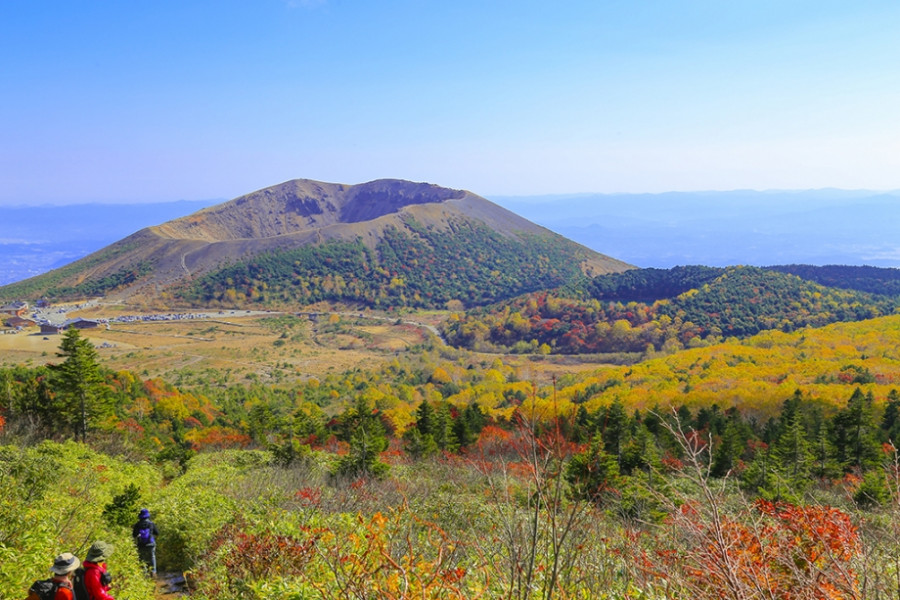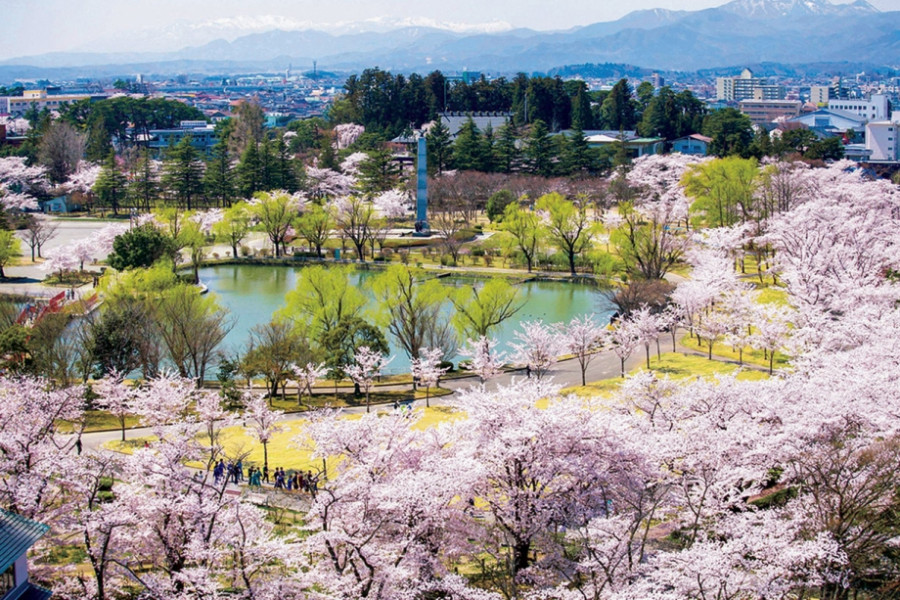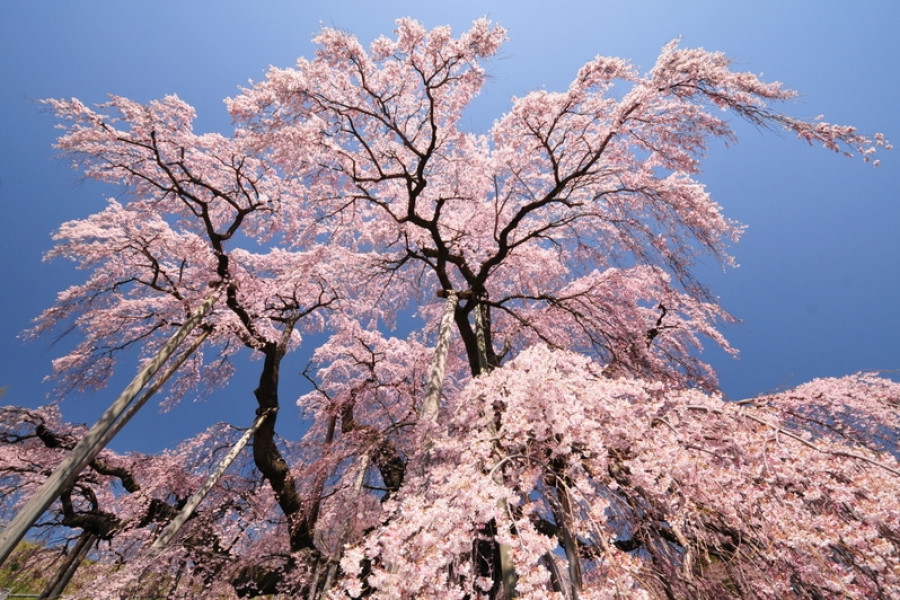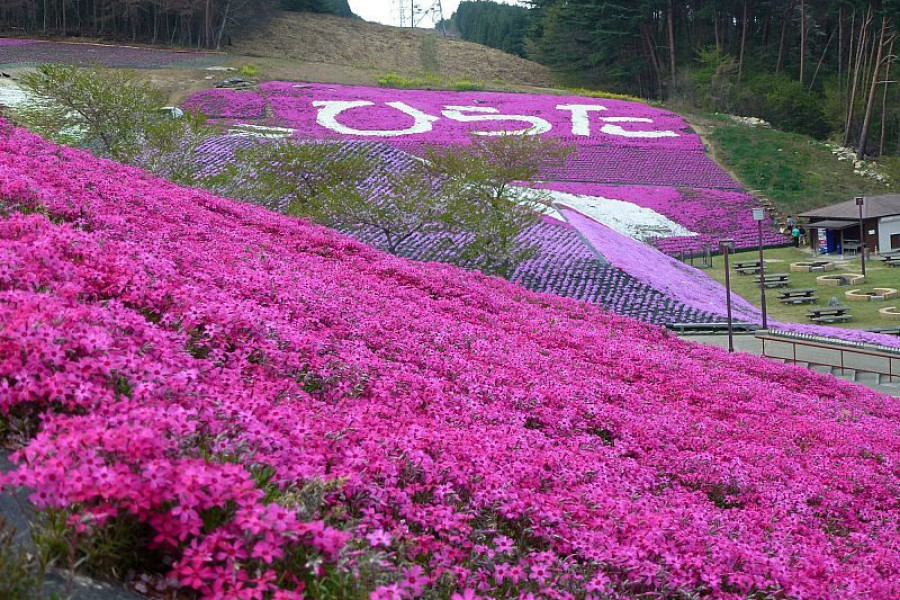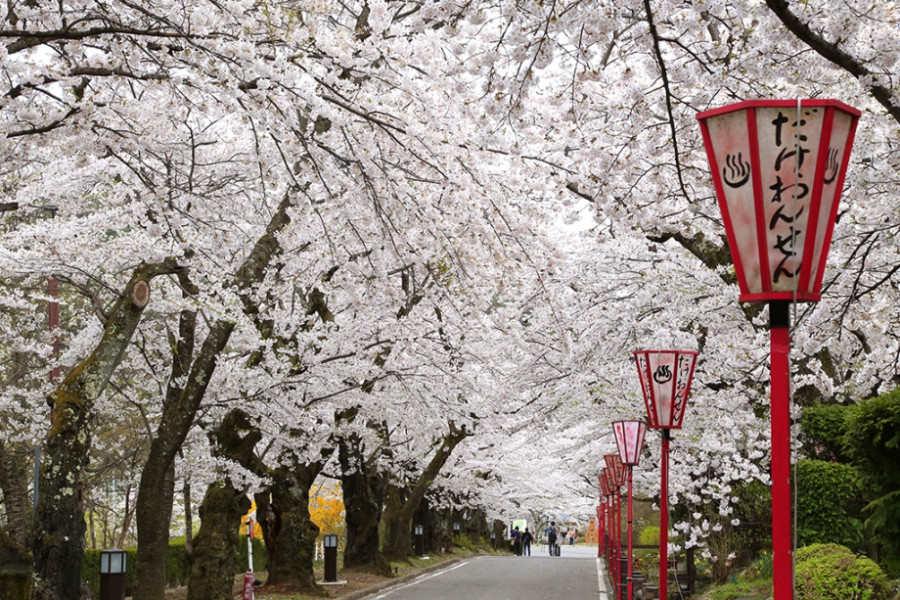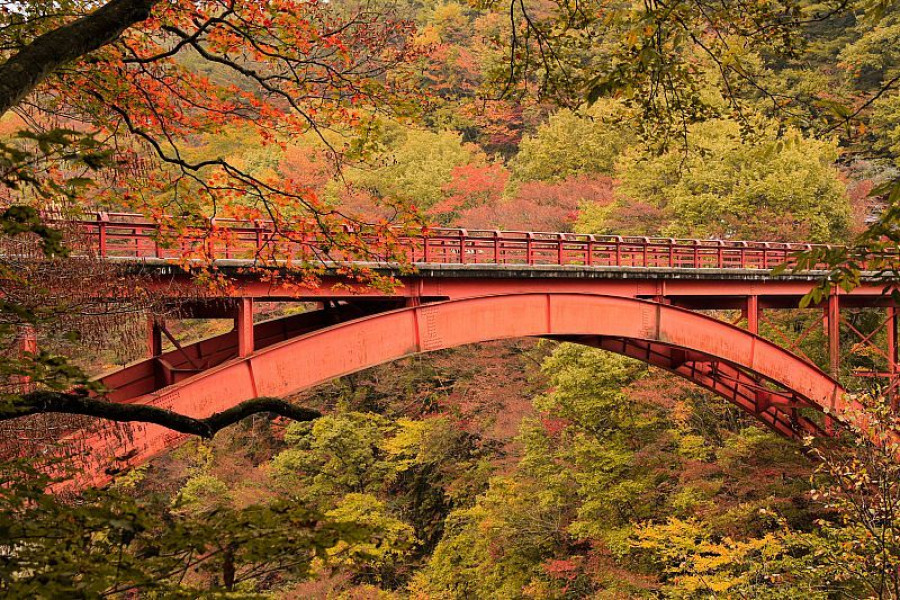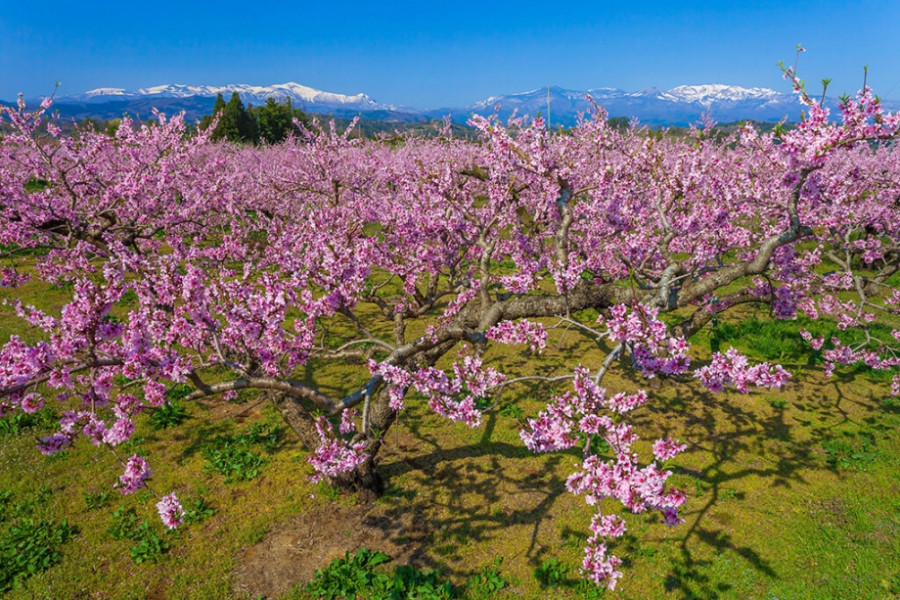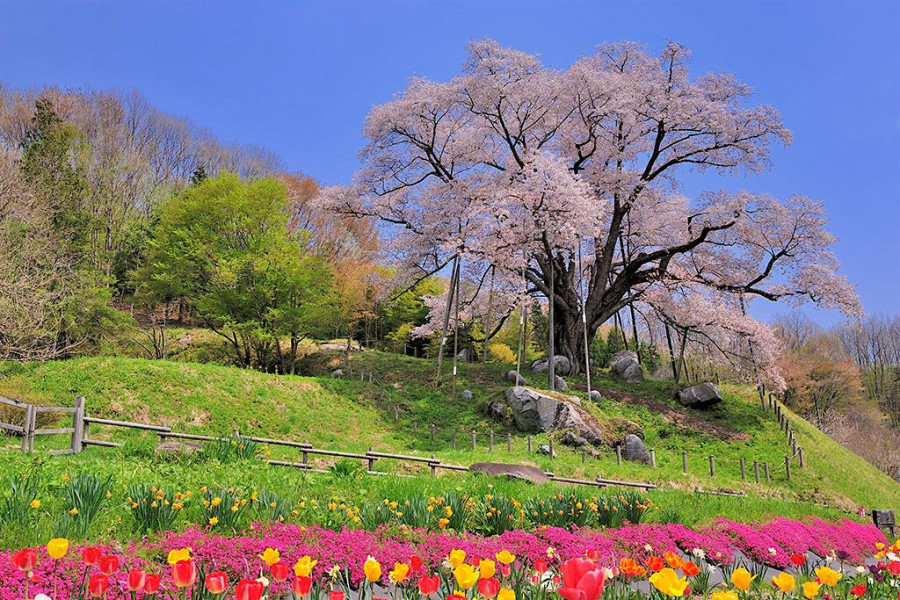Must See Sights of Fukushima:Halal Friendly Model Route
Including halal friendly information! This is a two-day model course by public transportation and rental car that takes you through breathtaking nature to the historic post town of Ouchi-juku and Tsurugajo Castle, home of the once mighty Aizu samurai clan! Information about halal restaurants and lodgings is available at the bottom of this page. From Tokyo to Fukushima, you can conveniently use the Shinkansen bullet train or the Tobu Liberty train that leaves from Asakusa station. From the terminus at Aizu Tajima Station, you can easily hire a cab that offers a full-day plan to get to the historic Ouchi-juku and nearby Aizu-Wakamatsu City. On the first day, you will visit Ouchi-juku, where you can experience the historical charm of the Edo period, followed by the castle town of the former Aizu clan, Tsurugajo Castle in Aizu-Wakamatsu City. On the second day, get a taste for the rich nature of Tohoku. From Aizu-Wakamatsu Station, you can rent a car and drive towards the Urabandai area. Goshiki-numa, located in Bandai Asahi National Park, is a beautiful natural park named after its five colored lakes and ponds, which appear to change colors depending on the light at different times or day and seasons. Hop into a rowboat and paddle around to admire the carp swimming around in the crystal-clear waters of the lake. There is a trail that takes you around the Goshiki-numa area, where you can appreciate the hues of the various ponds. If you happen to be visiting in the fall, you will be blown away by the spectacular array of autumn leaves in their stunning gradients of red and gold. Finally, be sure to go fruit picking so that you can taste the delicious flavors of Japanese fruits at the end of your trip. HALAL-friendly Restaurant ※Reservations required [Japanese Restaurant] Kissui Restaurant Aizu-Wakamatsu City "Halal / VG Requests OK / Reservations required" http://aizu-kissui.jp [Chinese Restaurant] Hotel Hamatsu / Shaga Chinese Restaurant Koriyama City https://www.hotel-hamatsu.co.jp HALAL-friendly accommodations ※Reservations required ・Yosikawaya Iizaka Onsen Ryokan http://www.yosikawaya.com/ ・Inawashiro Rising Sun Hotel (Villa Inawashiro) https://www.villa.co.jp/ ・Bandai Lakeside Guesthouse Kitashiobara Village https://www.bandai.ski/ Taxi ・Minamiaizu Kanko(Hire a Taxi for 2-hour or 4-hour flat rate plan) https://www-minamiaizu-co-jp.translate.goog/tour/index.php?_x_tr_sl=ja&_x_tr_tl=en&_x_tr_hl=ja Rent a Car ・Eki Rent-a-car https://www.ekiren.co.jp/phpapp/en/
